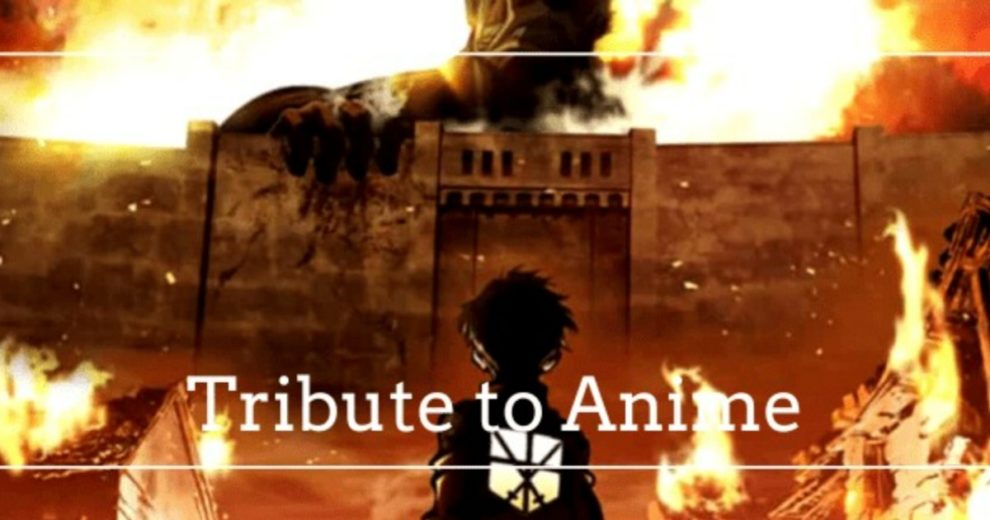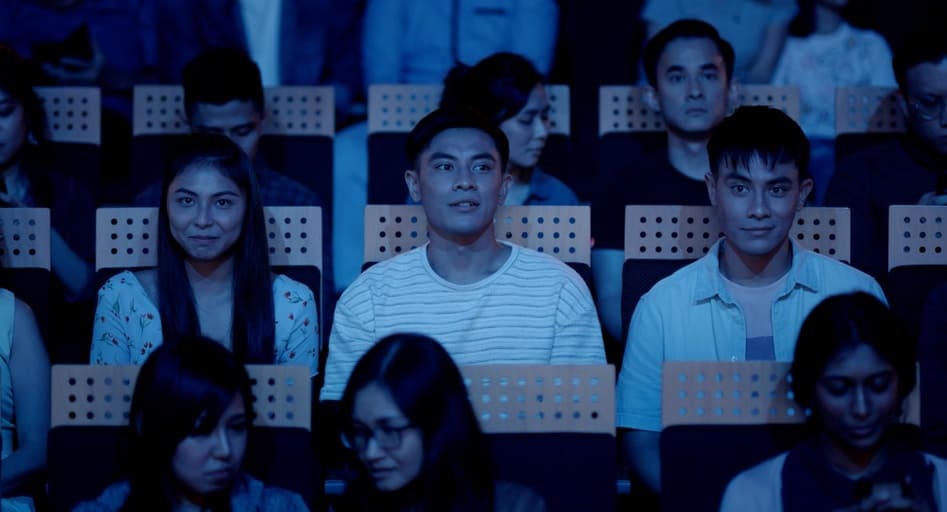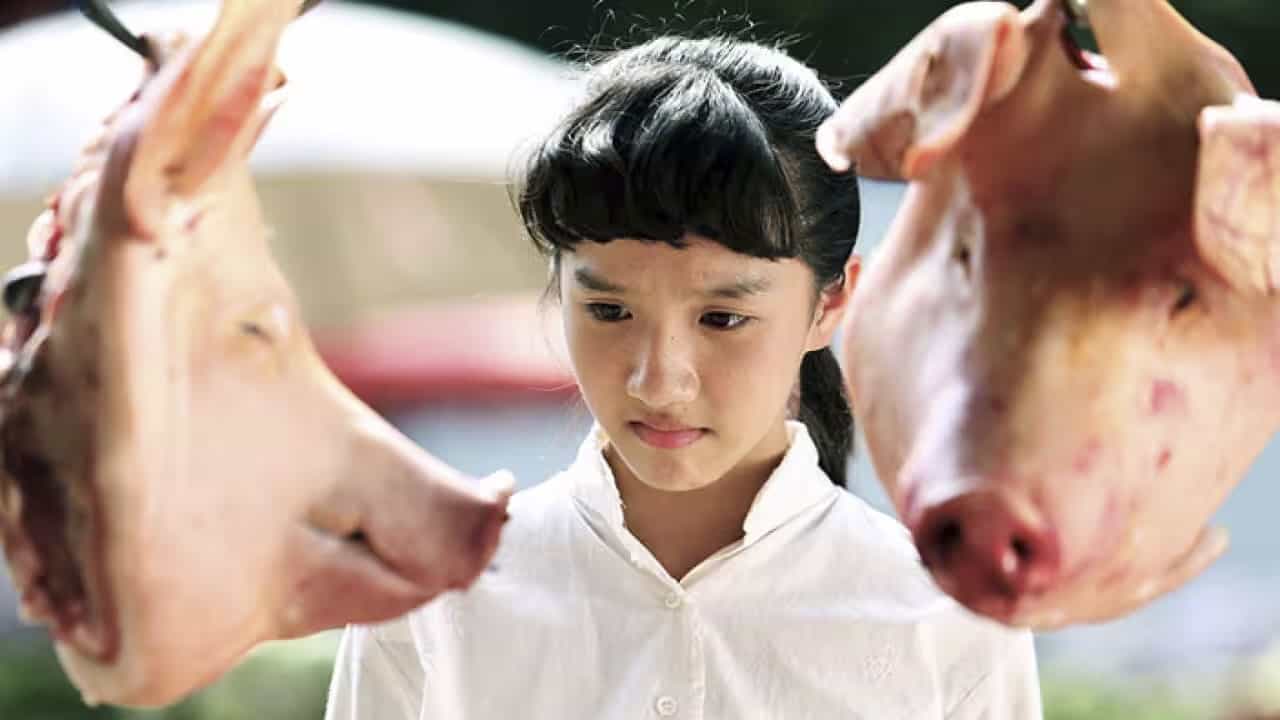In the third edition of our tribute to anime, we focused more on retro titles, in an effort to fill the catalogue of our reviews with titles from the 80s also. This does not mean, however, that we did not include newer series, with the relaunching of Legend of the Galactic Heroes being presented in all its 3-seasons glory. Here is a list with all the titles we wrote about this August.
1. 86 (2021) by Toshimasa Ishii
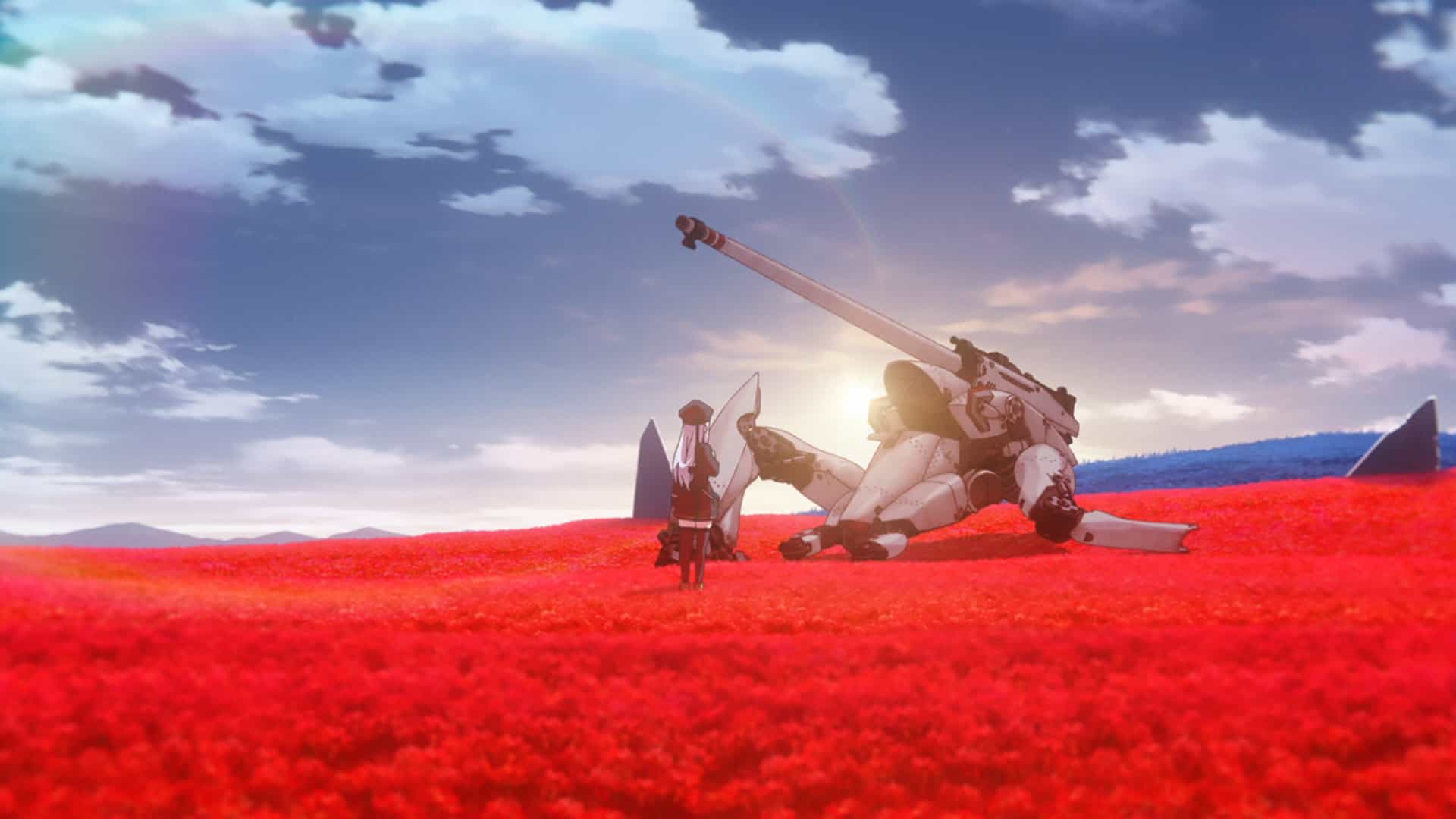
The series is split in two parts, with the aforementioned mission being the dichotomy. The first part features much action, but the focus is actually on context, with Toshimasa Ishii presenting a number of sociopolitical comments through a dialogue-heavy approach. Lena's gradual disillusionment about what is happening with the 86 is quite shattering in that regard, with the exploitation of kids that are sent in the front lines being a direct accusation on fundamentalists, to say the least. The segregation and the way they are treated and perceived as animals essentially is a comment on racism, through practices of propaganda and exploitation that are actually happening all over the world, even today.
2. Goodbye Don Glees (2022) by Atsuko Ishizuka
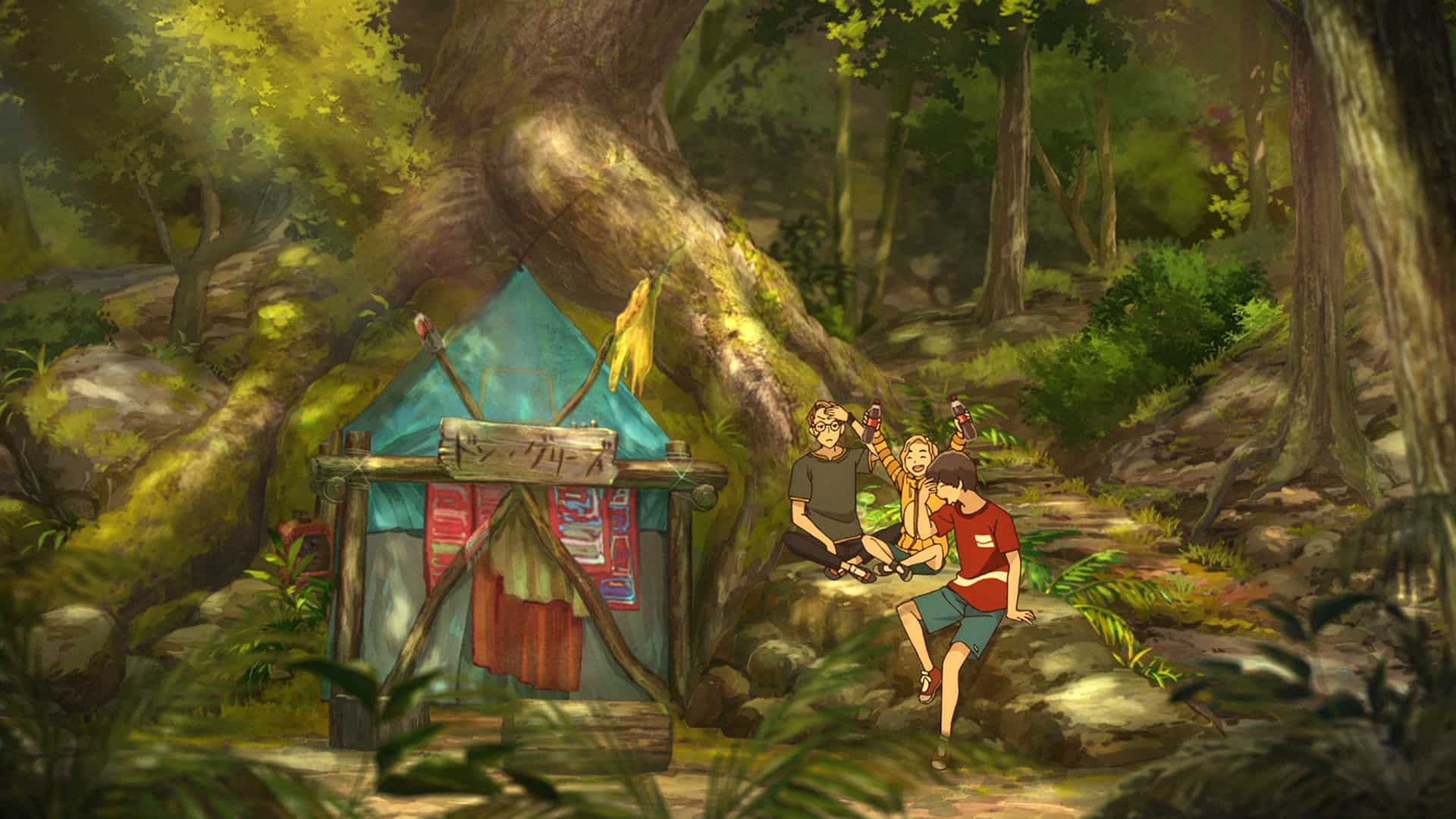
Atsuko Ishizuka directs essentially a coming-of-age film, focusing on three kids whose differences and common experiences force them to mature, with their adventure in the forest being the main medium of this approach. At the same time, themes regarding racism, the differences between the rich and the poor, and the way gossip works in small societies are also commented upon as much as how human intervention can harm nature intently.
3. World Trigger Season 3 (2022) by Morio Hatano

The aforementioned however, do not mean that the season is without context at all or that the battles are indifferent. Regarding the first aspect, the focus this time is on Chika and her inability to shoot anyone with real bullets, with the group actually focusing on ways to make her overcome her fear. That she eventually opens up about the reasons behind her reluctance emerges as one of the best aspects of the series, also in the way Morio Hatano incorporates it in the action scenes. The second, which is actually a recurring one, is regarding Osamu's tactical skills in contrast to his average power, which forms another interesting axis, also because Hyuse repeatedly undermines and challenges him in a way, stating that he will not listen to orders he deems wrong or unreasonable. This element is also eventually embedded in the battle scenes.
4. Lensman (1984) by Yoshiaki Kawajiri and Kazuyuki Hirokawa
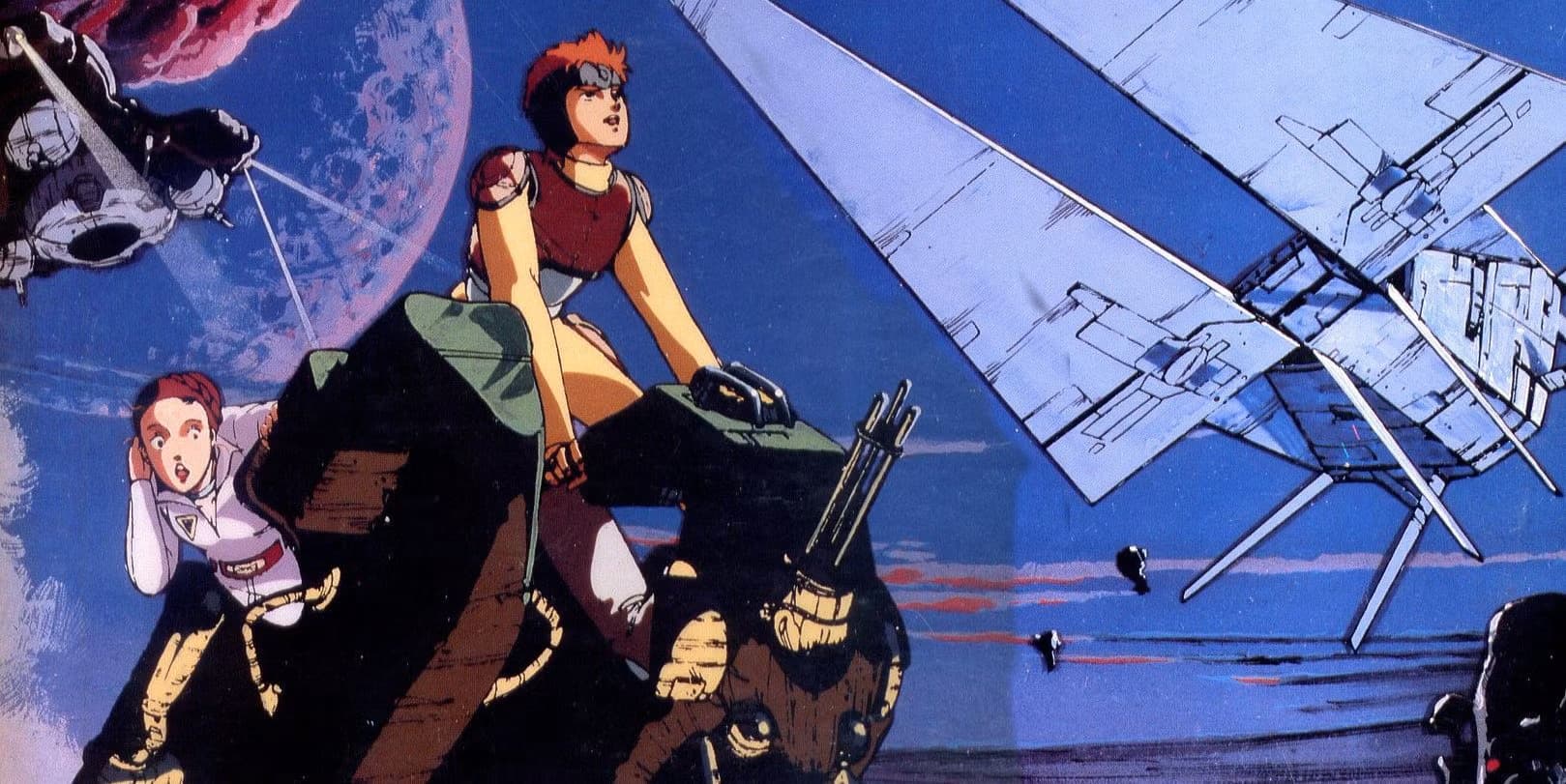
Evidently, the similarities with “Star Wars” are numerous, particularly regarding the origin of Kim and the way he becomes a lensman. As the movie progresses, however, and particularly after the appearance of Worsel, the Japanese anime elements become at least as intent. The slapstick humor, the disco planet, the almost constant, and quite fast unfolding battles, the overall absurdness of the story, and the fact that the protagonist gets his share of punishment all move into the same direction. Most of all however, the presence of the villains and particularly the humongous Lord Helmuth, showcase that this is actually an anime, with the intricacy in their design and overall demeanor being one of the best aspects of the series, along with the presence of Worsel.
5. Legend of the Galactic Heroes: Die Neue These (2018) by Shunsuke Tada

This last element also leads to the intense sociopolitical comments, in another of the series' great traits. The way politicians use war for personal gain and to retain their authority is presented in all its shocking glory, with the fact that they do not care for the people they send to war to die being eloquently portrayed. Furthermore, Tada also focuses on the finances of war and the consequences extreme spending has in real economy, with both sides presented as suffering intently from it, even more so due to war mongers who buy war bonds from both countries, ending up with huge profits in the end. Lastly, the anime also shows how the lack of capable hands in all aspects of the professional sector, due to enlistment, harms society in a number of ways, thus rounding up the intense anti-war message which is one of the main goals here.

6. Super Dimension Fortress Macross (1982) by Noboru Ishiguro

Essentially the 36 episodes of the series are split into three parts, with the two dichotomies being the return to Earth and the eventual abandoning of the planet some time later. In that fashion, the first and most impressive part focuses on the ways the crew adapt to their space travel, while facing constant attacks from Zentradi, who hold back their full power though, as they are desperate to capture the ship intact. In the beginning, some elements of humor also exist, particularly regarding the clumsiness of Captain Global, the captain of the ship, and the tension between the undisciplined Hikaru and his commanding officer, Misa Hayase, whose strictness is an integral part of the “bridge politics”. These politics also include Claudia LaSalle, another officer in the bridge who retains a highly unsatisfying-for-her relationship with captain Focker. These elements, however, are set aside for most of the first part, as the focus is on the action. In that regard, the impression the first battles, and especially Rick's initiation as a pilot and his subsequent progress, is rather significant, with the combination of the fighter planes that can turn to full-mechas and also a middle form that is somewhere between, the abilities of Macross, and the destruction they cause to the Zentradi phallic battleships offering some of the most memorable moments in the series. The drawing of all the aforementioned is truly top-notch, particularly when one considers the age of the series, with the same prowess applying to both the animation and Haruhiko Mikimoto's character design, which results in a plethora of truly unique characters, who are utterly set apart despite their rather big number.


